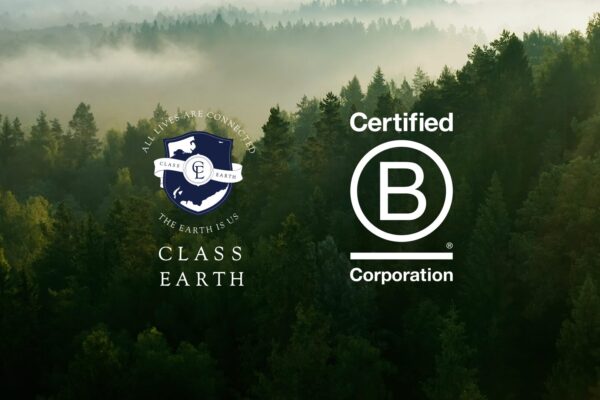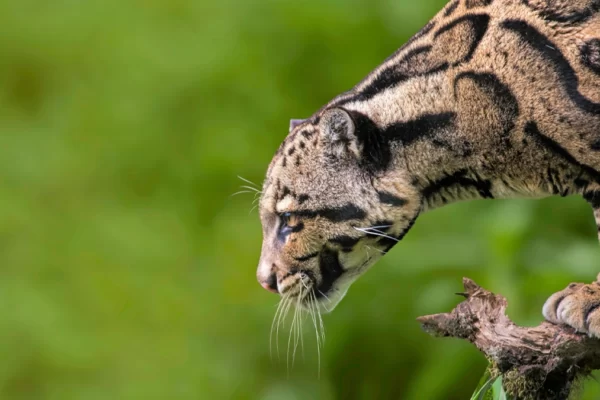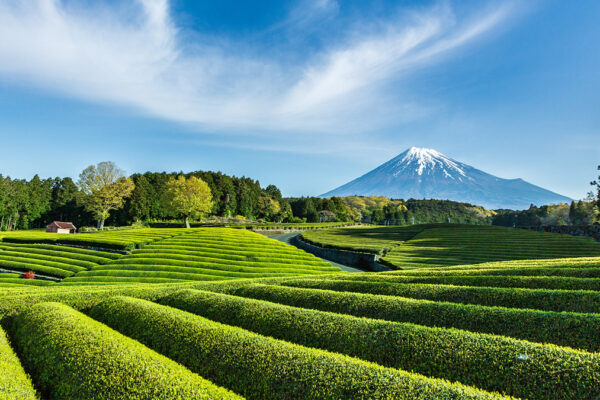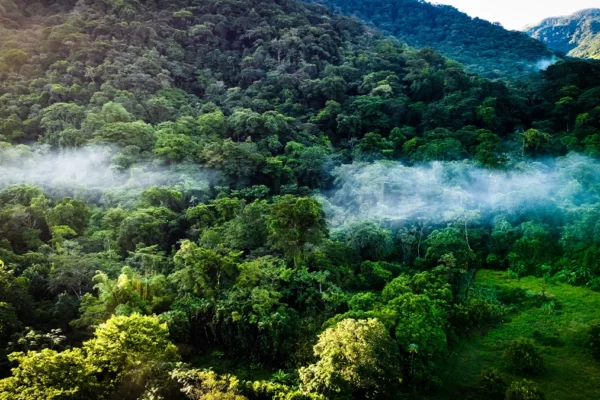What is Biodiversity: 3 Diversity Levels and 5 Loss Factors

It is said that there are currently 8 or 30 million species of living things on the earth, including some species that have not even been named.
The number is rapidly declining and the number of endangered species is rapidly increasing.
All living creatures on the earth live in a network of individuality, interacting with each other. A wide variety of living things were created through the process of evolution, in which organisms mutate in various environments, and those that adapt to the environment survive.
The Intergovernmental Science-Policy Platform on Biodiversity and Ecosystem Services (IPBES)*1 warns that one million species of plants and animals are currently threatened with extinction worldwide, and many of these species will become extinct in the coming decades unless Nature-Positive Biodiversity restoration progresses.
*1
IPBES is an intergovernmental organization established in April 2012, made up of scientists and others from about 130 countries, including Japan. It aims to address issues related to biodiversity loss and the importance of ecosystem services by linking scientific knowledge to policy making.
https://www.ipbes.net/
Media Release: Nature’s Dangerous Decline ‘Unprecedented’; Species Extinction Rates ‘Accelerating’
https://www.ipbes.net/news/Media-Release-Global-Assessment
Three Levels of Biodiversity
Under the Convention on Biological Diversity*2, the term “biodiversity” encompasses three different levels of diversity.
1.Ecosystem diversity
Just as mountains, rivers, oceans, and skies are connected, the various environments of living things such as forests, grasslands, rivers, wetlands, coasts, and seabeds also influence each other. Deforestation does not stop at forests, and pollution of rivers directly affects the ocean.
2.Species diversity
We mammals account for only 0.3% of the total. Taxonomically, if we include fish, vertebrates account for 3.5% of the total. Insects account for about 50% of the total. There are 2.13 million species on the International Union for Conservation of Nature and Natural Resources (IUCN) Red List, including plants, fungi, and others. (Some say that as many as 20% of the species are listed as different species in different countries.)
Just as we Homo sapiens have different faces and different abilities, each individual of the same species mentioned above has different genes and unique patterns, shapes, and ecology.
With this biodiversity operating at different levels, a wide variety of creatures live in diverse environments.
Supported by ecosystems, we humans are able to eat, drink water, and breathe.
Such ecosystem functions that benefit humankind are called “ecosystem services,” and the economic value of the benefits from the natural world is said to be as much as $33 trillion*3.
*2 What is the Convention on Biological Diversity?
The Convention on Biological Diversity (CBD) is an international legal framework to address issues such as loss of biodiversity and degradation of ecosystems on the Earth.
At the United Nations Conference on Environment and Development (Earth Summit) held in Brazil in June 1992, signatures were opened for accession to the Convention, which entered into force on December 29, 1993.
*3 25 Years of Economic Valuation of Ecosystems – Nature Digest
Causes of Biodiversity Loss
So why are ecosystems now out of balance and why is biodiversity loss occurring?
IPBES identifies the following five key global causes of biodiversity loss.
1.Changes in land and sea use
Clearing forests to make palm oil or clearing mangroves for shrimp farming.
2.Direct exploitation of natural resources
The unplanned harvesting of large quantities of fish. Also, elephant tusks, oryx horns, etc. are trafficked or smuggled to be used as pets.
3.Climate Change
The melting of glaciers due to global warming, the collapse of polar ecosystems, and the loss of habitats due to rising sea levels.
4.Pollution
Microplastics kill marine life in the food chain from fish or directly from garbage and sewage.
5.Invasive alien species
Invasive alien species are species that should not be there in the first place, and which have made it impossible for endemic species to survive.
It turns out that all of these are caused not by the 2.13 million other species, but by the actions of us humans as homo sapiens.
What We Can Do to Restore Biodiversity
Biodiversity is said to be irrecoverable, but if we break it down and look at it, we can see that some of it can be improved.
We don’t need seals made of ivory, and we don’t need to keep rare pets.
We need to separate garbage properly, and release insects on the spot when we enjoy insect collecting or fishing.
There are many things we can do as individuals, starting with a small mindset.
It is also possible to choose products with Roundtable on Sustainable Palm Oil (RSPO) certification*4 managed by World Wildlife Fund, Inc. (WWF) at organic supermarkets.
However, in Japan, palm oil products with high production efficiency and low prices sold in general supermarkets are labeled as “vegetable oil,” etc., which is difficult to distinguish, and we are waiting for the obligation to revise the labeling.
Such certification is an important clue for consumers to make their choice.
Choosing products with Forest Stewardship Council (FSC) certification*5 or Global Organic Textile Standard (GOTS) certification*6 as much as possible will be a force that encourages companies to take action for ecosystem conservation.
A plate of high-end fish can be had for 100 yen, chicken transported from the other side of the world can be bought for 50 yen for 100 grams, and boots that look like they are hard to sew are sold for 500 yen.
When you feel something is wrong, the background may be causing biodiversity loss.
Economy, society, and environment are always linked, and a good economy cannot be sustained by itself.
On the contrary, if the environment improves, society and the economy should also prosper.
We believe that Nature Positive is a goal that embodies this.
*4 Roundtable on Sustainable Palm Oil (RSPO) certification is an international standard established to promote the production and supply of palm oil that takes environmental sustainability and social responsibility into account.
*5 Certification to ensure sustainable forest management. Indicates that wood and wooden products are produced from sustainable forests and acquired in an environmentally and socially responsible manner.
*6 An international standard that evaluates the sustainability and organic nature of the production process of textile products made from organic fibers (e.g., clothing and bedding).









